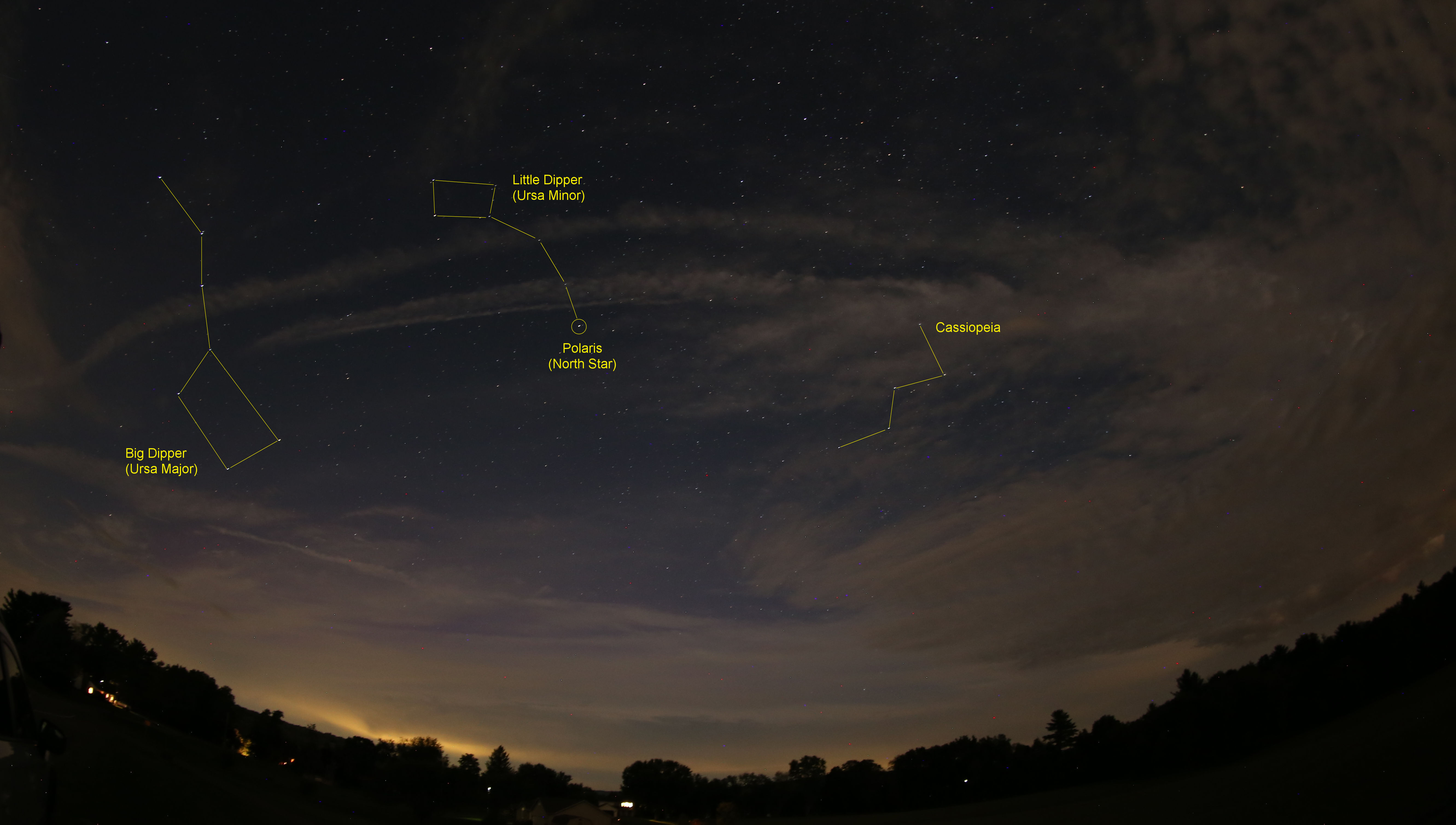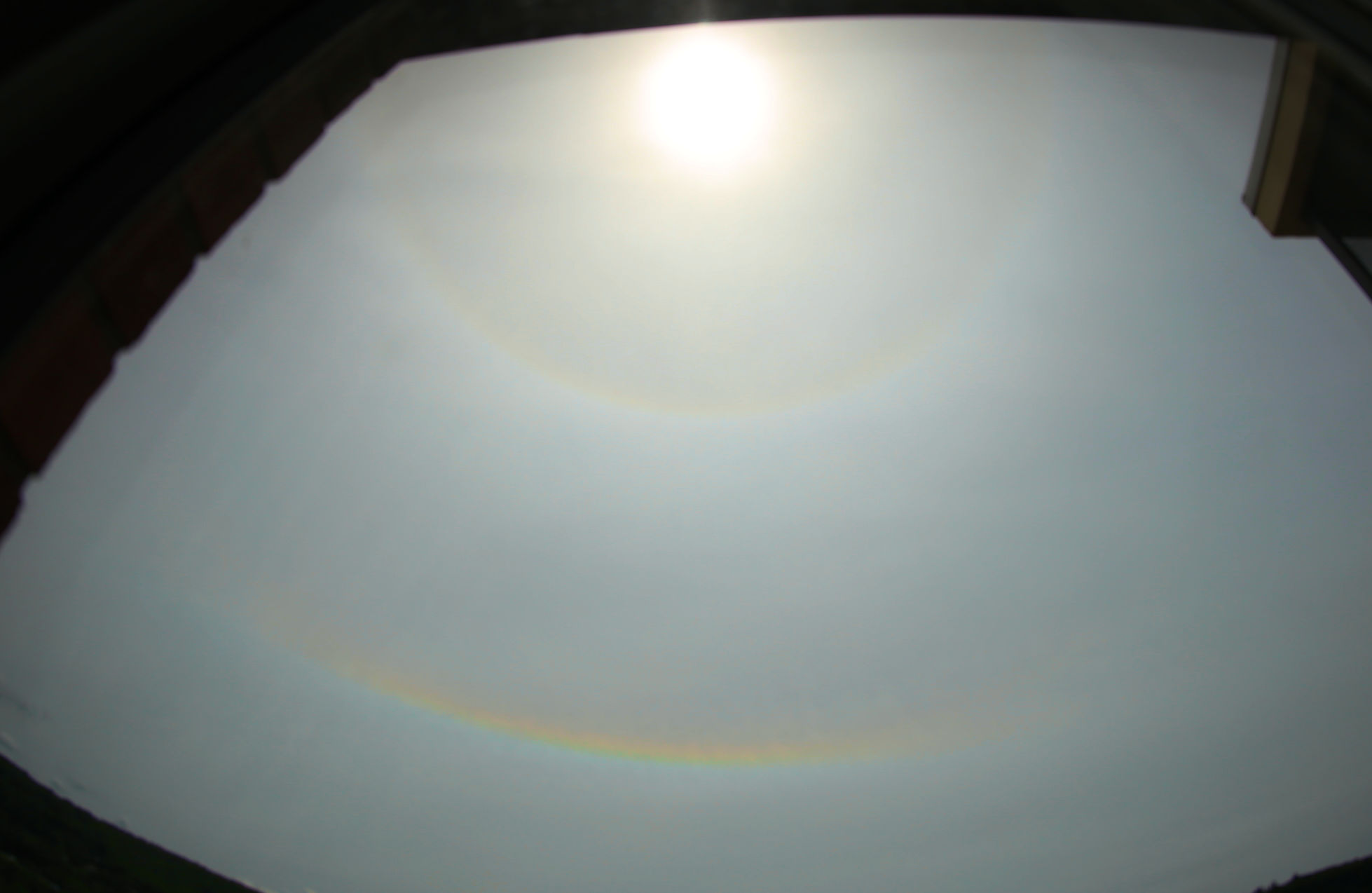Karl's Astro-Journal
"The universe is like a safe to which there is a combination, but the combination is locked up in the safe." -- Peter de Vries, novelist
September 02, 2025:
A strong but short-lived blast of solar stuff collided with Earth's magnetic field and atmosphere last night sparking the appearance of the Aurora Borealis across many northern states.
Unfortunately, they did not appear here in NY's Southern Tier.
I drove out to Whitney Point Lake to try and photograph the light show but clouds, ground lights, and perhaps my own lack of patience left me holding an empty bag of aurora phtographs.
The geomagnetic K-P Index topped out at 6 which is usually not quite strong enough to create aurora visible this far south unless conditions are just right, ie. no clouds, no Moon, low humidity and an Interplanetary Magnetic Field B
z that's pointing strongly to the south.
Still, it was a very nice evening under the stars for a few an hours.
The Sun remains very active and with any luck I'll have another chance to try and capture some photos of the Northern Lights this Autumn.
May 27, 2025:
High clouds were the weather of the day today. From a south facing window I caught a glimpse of a Sun-halo and then noticed a second arc of light closer to the horizen. Sun-halos are mostly white to the unaided eye and to the camera as well. But by increasing the color saturation with the help of Paint-Shop-Pro image editing software, the faint rainbow colors of the arcs can be nudged out of hiding.
(Note to self: Insert long winded explanation of how Sun-halos form. Ah, ... nevermind. Just go check it out on Wiki.)
The most interesting Sun-halo I recall was on a trip to southern California. On that trip we enjoyed Pacific ocean views near Carlsbad, looking for seals on the beaches below the cliffs of
Torrey Pines State Natural Reserve, a boat ride out to
Catalina Island, and of course, a ride up to the famous observatory atop
Mount Palomar
. Visiting the historic observatory was a wish-list item of mine for many years since I was raised when Mount Palomar was the largest optical observatory in the world. The day of our ride up the windy road to the observatory was similar to today and a vivid Sun-halo made a fitting background to the observatory dome. (can't for the life of me find the picture I took of that.)

